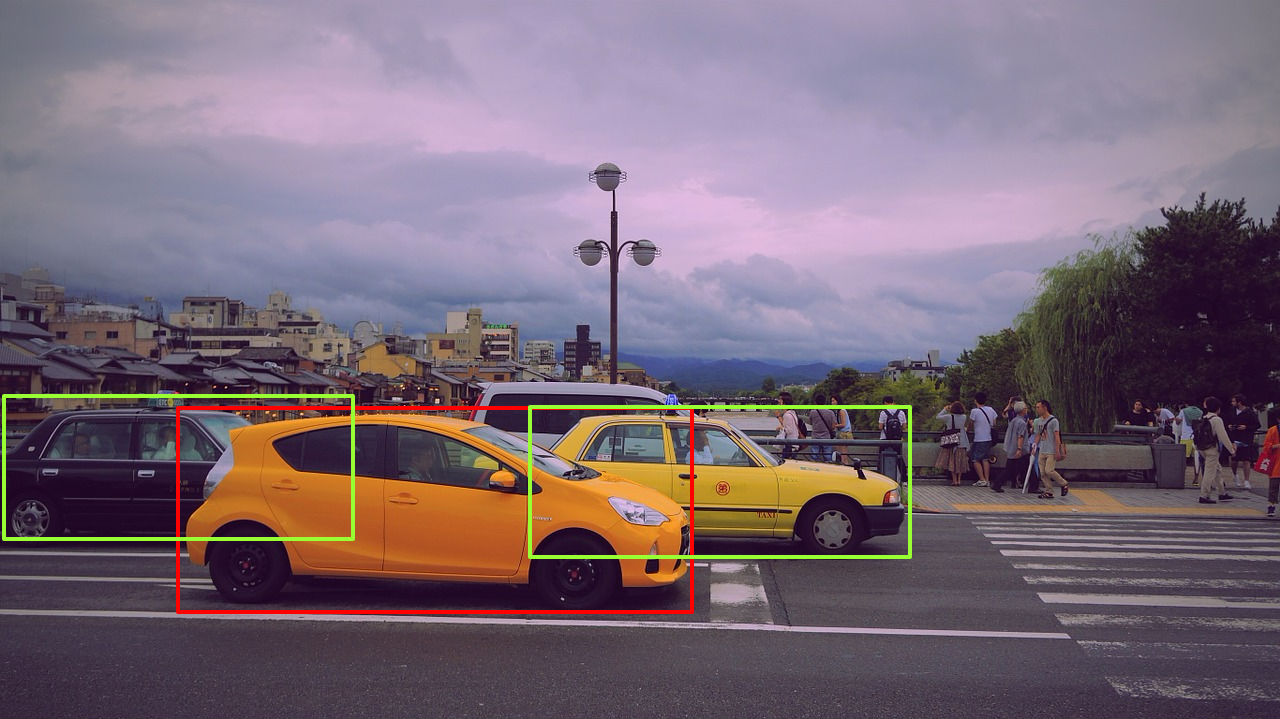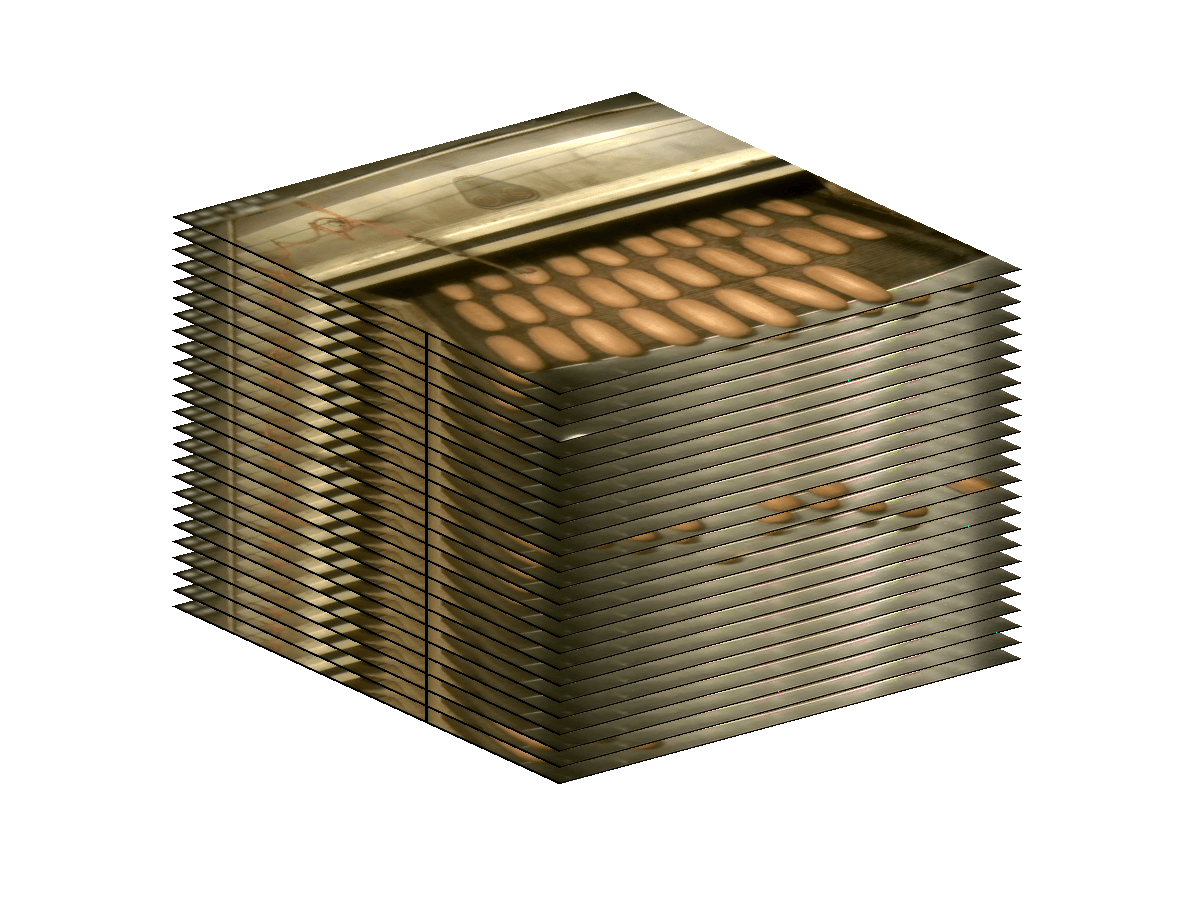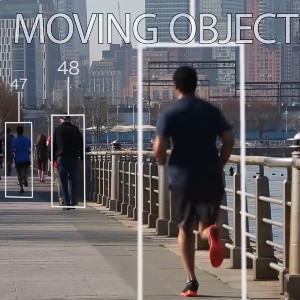Moving Objects Counting Solution powered by Computer Vision Part 3

Moving objects counting applications are designed and developed to track, identify, separate, and count products, and all sorts of objects in a bounded image area, and provide fast and highly accurate results. Many of today’s systems are built following traditional approaches to image processing which lowers their efficiency and accuracy. The automated counting system developed by our computer vision engineers team is designed to locate, identify and count objects in the input image we get from video processing.
One of the major advantages of this moving objects counting system is that it’s capable of separating touching objects prior to counting, thus the results are highly accurate at 99.5%. Today’s post introduces a new one that eliminated the issues that would arise otherwise and touches upon other areas it could be applied to identify and count products.
Generally speaking, image processing is considered as any form of signal processing with an image input, such as a photo or video frame. The counting problem in image/video processing is the estimation of the number of objects in a still image or video frame. It arises in many real-world applications including cell counting in microscopic images, monitoring crowds in surveillance systems, or in one of our previous cases we have developed an automated counting application of the baked products on the production lines.
Our approach to image processing for moving objects counting
Let’s consider the video as a sequence of frames that are arranged in a stack of paper sheets. As it was mentioned before, we have to count every object that crosses the given line. Therefore, only pixels that are on this line for each frame should be taken into account. That is, we need to consider the frames cross-sectioning along the line. This method is known as a slit-scan camera algorithm and is widely used in the sport for registering a winner crossing the finish line, as well as for artistic purposes.
What are the main advantages of the suggested approach?
- Low computational cost
- High accuracy: the counting accuracy reaches 99.5%, as it is capable of separating touching products in uneven rows
- Flexible and universal solution: our automated counting system can be applied to counting other manufactured goods on the production lines, including Pharmaceutical products, Food, and beverages, Can counting, Part and component counting, etc.
Overall, the system developed with this approach proved to be simple, flexible, and highly accurate and could be applied to solve issues in other areas, such as road traffic identification and monitoring. And here is a little sneak peek into our future post that touches upon video processing, and how can we apply it to road traffic analysis.
If you found this interesting, or have some similar project idea you would like our help developing, contact us.



